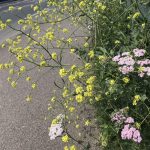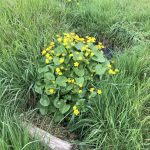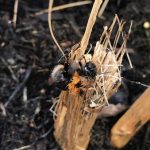Chris and I popped up to Yorkshire this weekend to celebrate my birthday and my mum’s, both on bonfire night the fifth of November. One particularly heartening development we saw when out for a walk with my sister Hannah and her dog Danny was major reforestation along the banks of the River Swale.
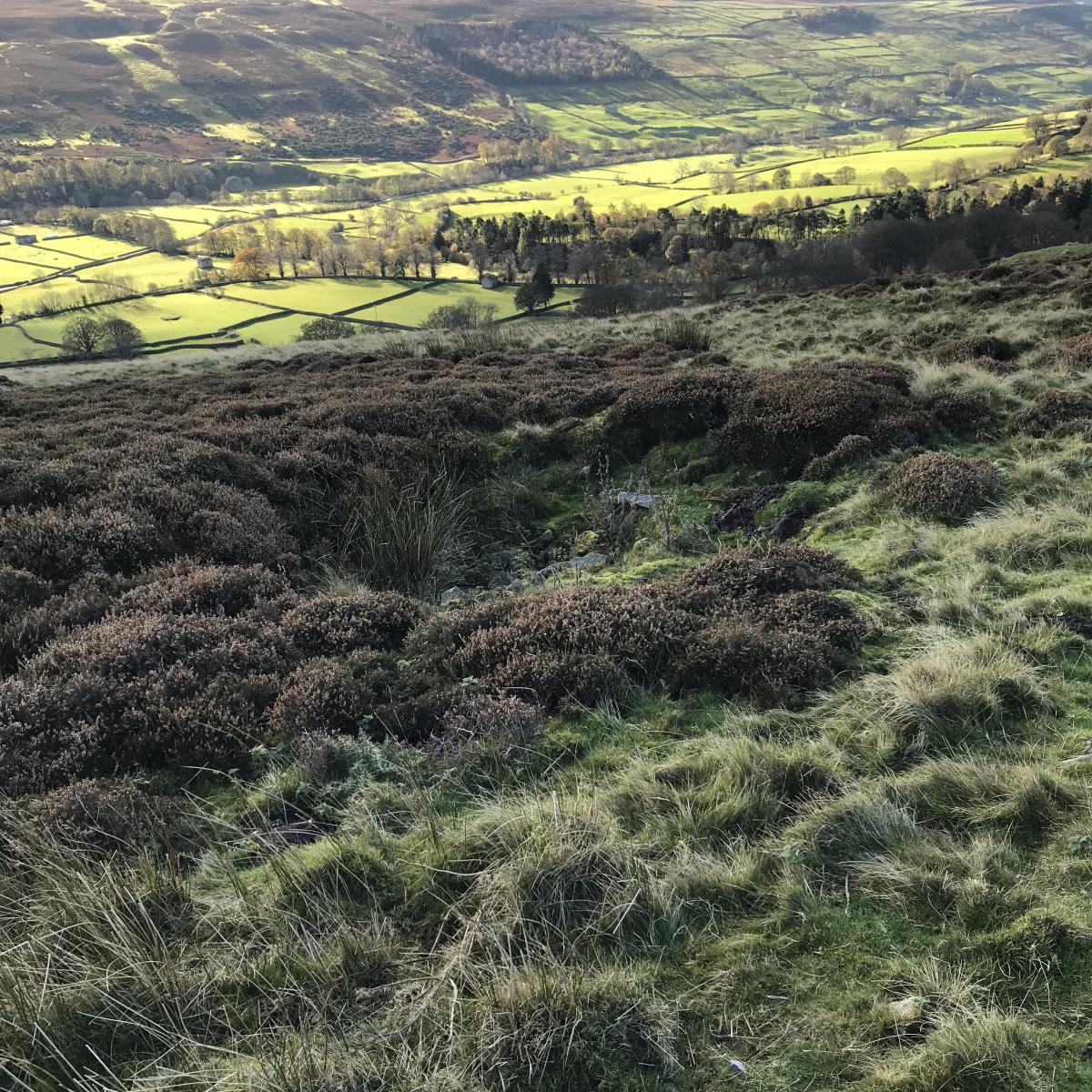
The emerald green grassed fields framed by dry stone walls we’re used to are not Yorkshire’s natural state. Yorkshire – like most of the UK – used to be dense forest until humans moved in with our agriculture and livestock. Woods were chopped and the ground turned to pastureland. Shrubs and trees stopped from growing by the chomping mouths of sheep and alien rabbits.
While this is all somewhat necessary there’s a balance. Lack of forests and woodland means water runoff from the hills is fast and in large quantities, quickly flooding rivers and everything close to them – especially in winter when the ground is waterlogged already or frozen solid. Plants lock water into their tissues, you can see that with wilting houseplants that perk up after a good soak. So a tree can lock in hundreds if not thousands of litres, as well as help soil structure to slow the drain of water down. Woodland canopies slow rainfall and also create microclimates keeping soil from freezing over.
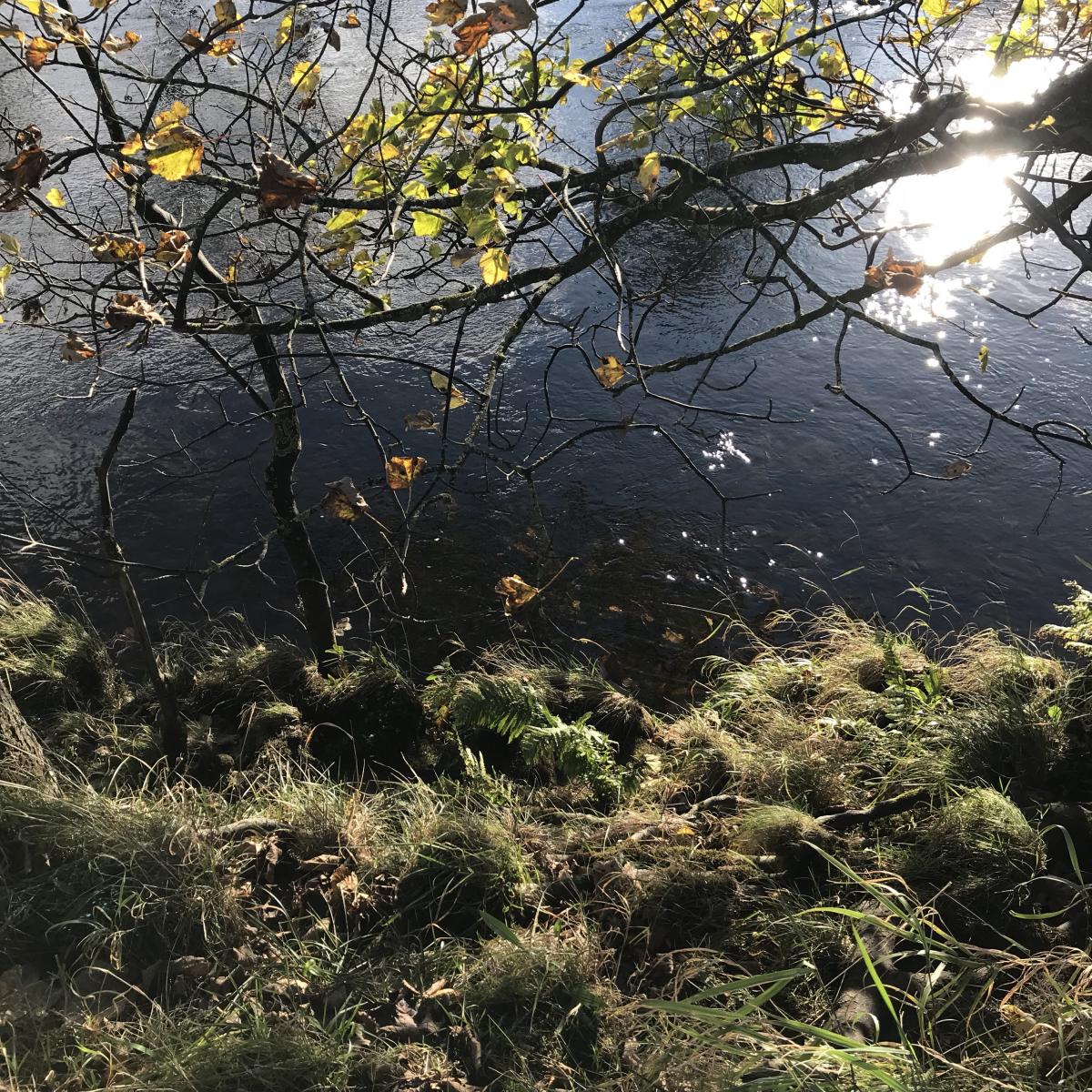
Along the River Swale however, the main purpose of the new forest being planted – and it will be a forest by the time the thousands of trees grow – is to stop the erosion of the banks of the river. Tree and shrub roots bind soil and rock together significantly stopping them being washed away. Something that has become a concern in recent years as the floodplain gets used in winter rains. The hope is that the new trees will lock soil together and slow the erosion.
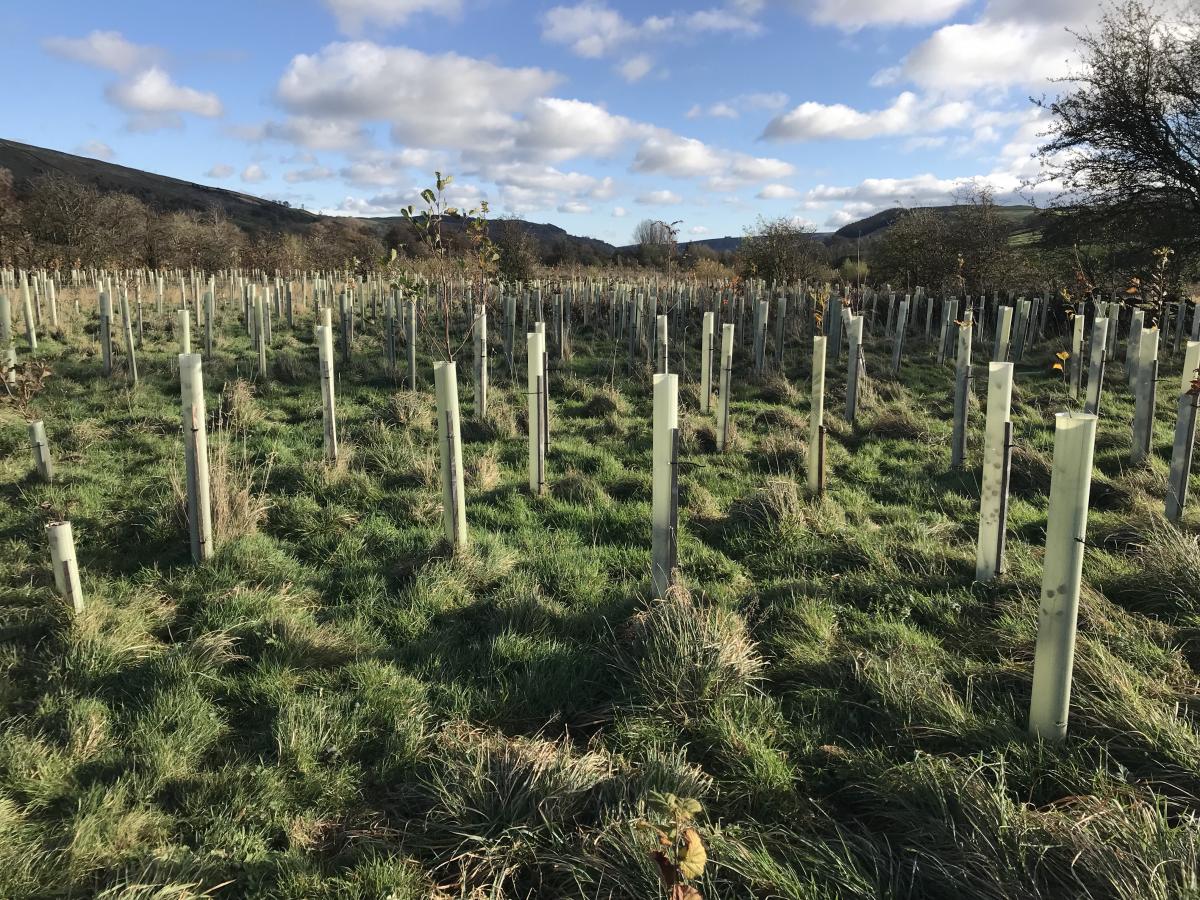
On a practical note, you can see the lengths required to make this plan work. The scale of planting is immense, running for half a mile or so and deep along the valley floor to ensure there is good coverage and that enough trees survive to maturity. Thousands of trees are required. Every one is staked and then guarded from rabbits and deer. A major problem in this valley especially in the dead of winter when they strip young sapling bark killing the plant – something my parents witness every year. Not just the odd plant but everything in a garden will be rabbit lunch.
There’s also the question of the aesthetic of Yorkshire. Personally I find the Dales a bit too stark with primarily low vegetation, it could do with more trees and woods to provide shelter. These new trees feel a welcome addition visually and one that will hopefully lead to less flooding of homes as well as the protection of the land and wildlife.
